Lost Pilgrimage
Leader: Floating Representation 13 registered members:
Located slightly northeast of Spawn. Lost Pilgrimage is currently located at a large stone brick fortress, with connections to the old skybase and the farms/mines around it. |
|
History
- Session 1
- The first 5 pilgrims founded "Lost Pilgrimage"
- The beginnings of a great town began to form. A sky base was cobbled together and food production was brought up to speed.
- Session 2
- The farm was massively expanded, now containing vast fields of wheat, sugar cane, and melon.
- The sky base was fully built with the addition of a tree farm on its roof and an internal fishing dock.
- Chickens, sheep, cows, horses, and donkeys were
kidnappedrehomed to a new wooden penfor exploitation. - Construction of the new stone brick town center was underway.
- Session 3
- New land capital, the "Bunker" constructed out of stone bricks, citizens relocated inside shortly after.
- Bridge constructed between the Bunker and the skybase, all resources and operations moved out of the skybase.
Economy
Lost Pilgrimage’s economy has become increasingly automated. Early subsistence relied on fish, apples from oak trees, melons, cookies, and basic animal husbandry. By Session 8, auto-chicken farms and large-scale potato cultivation replaced most of the earlier food sources. While no formal trade routes exist, informal barter with neighboring civilizations (Redfort, Selected). Potatoes became the backbone of both diet and exchange.
Government
Session 6 or 7 there wasn't an official government. Governance developed through a system of floating representation, where whichever member was online acted as the external point of contact. This evolved into an Archivocracy: a record-anchored governance system where rotating envoys were supported by meticulous documentation rather than personal authority. Authority lay in the continuity of records rather than any one individual.
Governance and Communication
Communication and flexibility outweighed hierarchy. External visitors often expected a single interlocutor; Pilgrimage responded with floating representatives. To solve continuity problems, the community established the Double-Entry Book System:
- Book A (Public Archive): Stored in the cathedral for community review.
- Book B (Traveler’s Ledger): Carried by envoys during external interactions.
Entries from Book B were transcribed into Book A upon return, creating a continuous, verifiable record. This system maintained institutional memory, stabilized diplomacy, and prevented misinformation.
Foreign affairs
As of Session 3 there are no alliances or enemies. Minor trade is made as visitors come and go.
Friendly contact made with:
- participant_388 "Shrek" and participant_157 from the civilization "New Bridge Valley"
- participant_5 from the "Selected Society".
- participant_150, participant_132, and participant_47 from "Redfort"
- participant_233 "The Doctor" and participant_8## "Observer" from "RedWater"
Pilgrimage maintains no formal alliances or enemies. Instead, foreign relations are based on cooperation, necessity, and cultural kinship. The Selected and Pilgrimage originated from the same traveling group, splitting northward into two societies. Their shared culture produces especially close ties, with mutual aid agreements bridging class absences. For example, if Pilgrimage’s blacksmith was offline, Selected citizens would host Pilgrims in their forge, and vice versa.
Redfort, with its low population, also relied on Pilgrimage’s blacksmith and reciprocated with diamond armor and resources. These early arrangements created a proto-alliance structure without treaties built on trust, familiarity, and overlapping needs.
When the United Civilizations (UC) was established, Pilgrimage deepened its external commitments by supplying Redfort’s builders with the materials needed to construct the UC headquarters. In parallel, Pilgrimage and Selected collaborated on building a highly secure Nether highway linking their settlements.
Military
No military policies as of Session 3. One Guardsmen, Goggles.
Culture
Pilgrimage’s labor system emerged organically. Small semi-autonomous teams formed around core classes: farming, blacksmithing, building. These teams coordinated internally but operated without centralized oversight. The advantages were twofold: concentrated expertise raised productivity, and downtime was mitigated by cooperation with neighbors. The tradeoff was dependency on external civs during critical outages, which Pilgrimage accepted as an acceptable risk. This interdependence blurred the line between internal specialization and external diplomacy, effectively merging domestic efficiency with regional cooperation.
Banner
Gallery
Session 2 map of Lost Pilgrimage. (soon to be updated)
The interior of the Lost Pilgrimage's old skybase, as seen from the back corner.
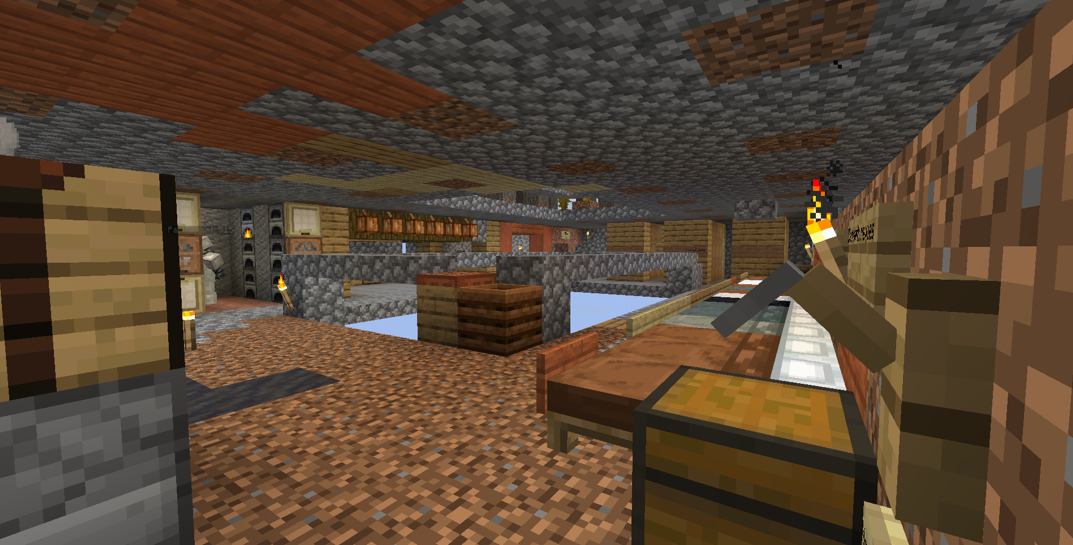
The interior of the Lost Pilgrimage's old skybase, this time seen from the front corner.
A snippet of the interior of the first floor of the Lost Pilgrimage's new base, the Bunker.



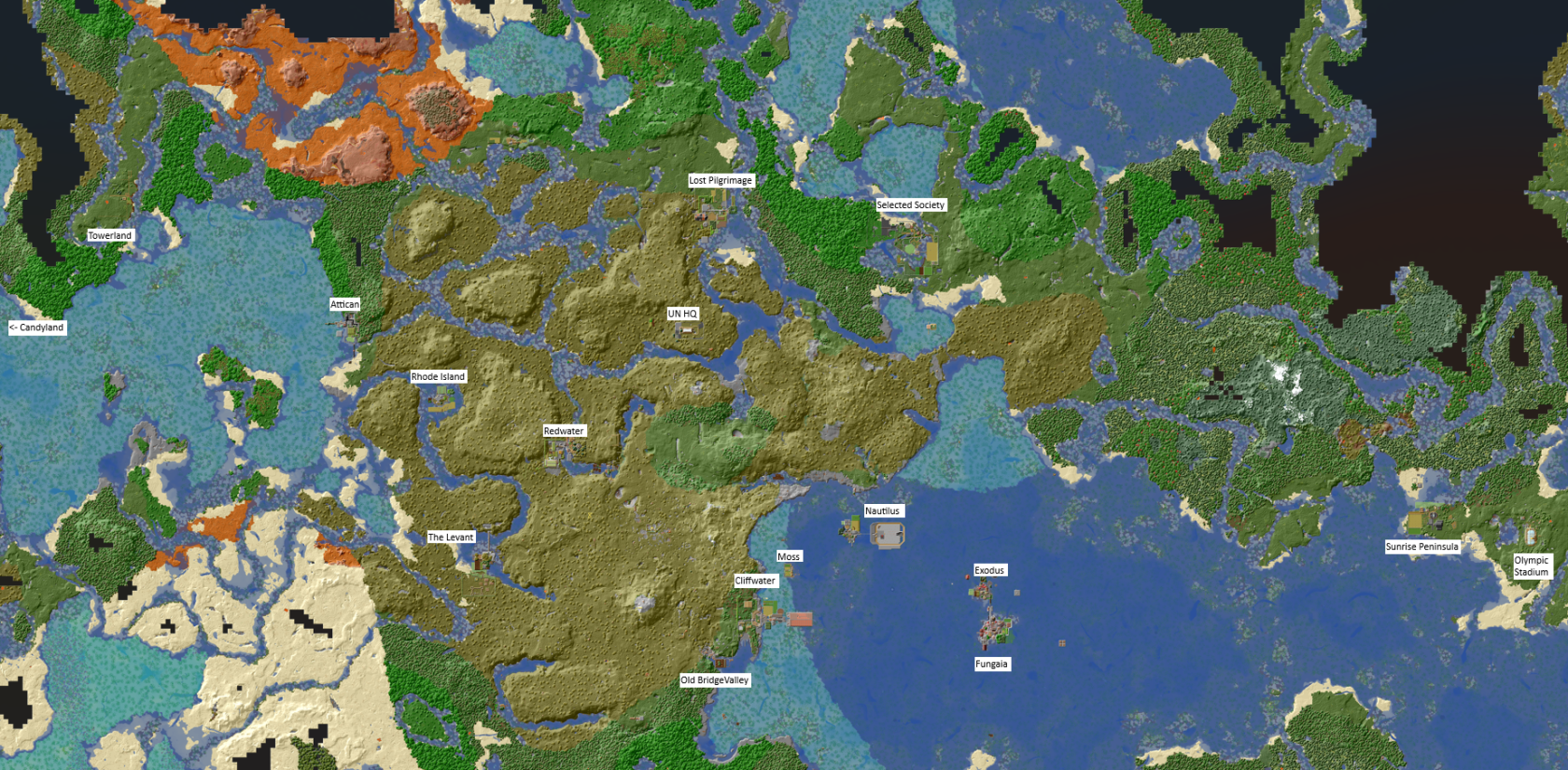
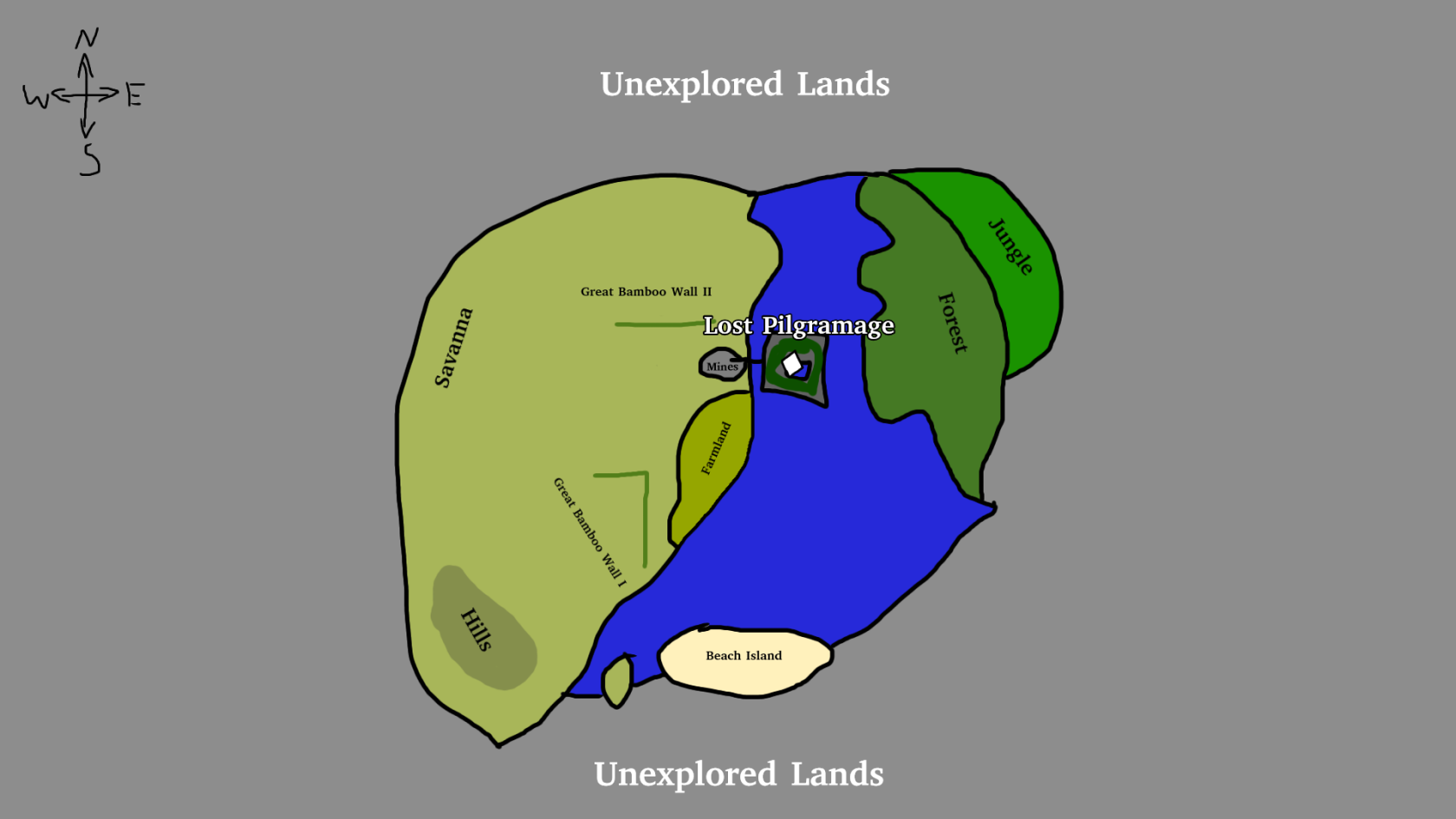
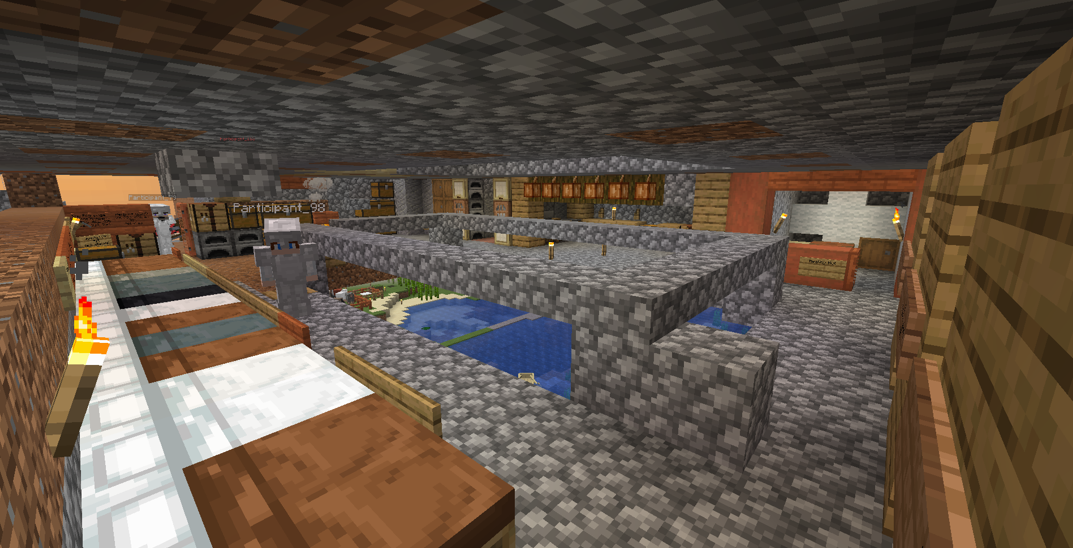
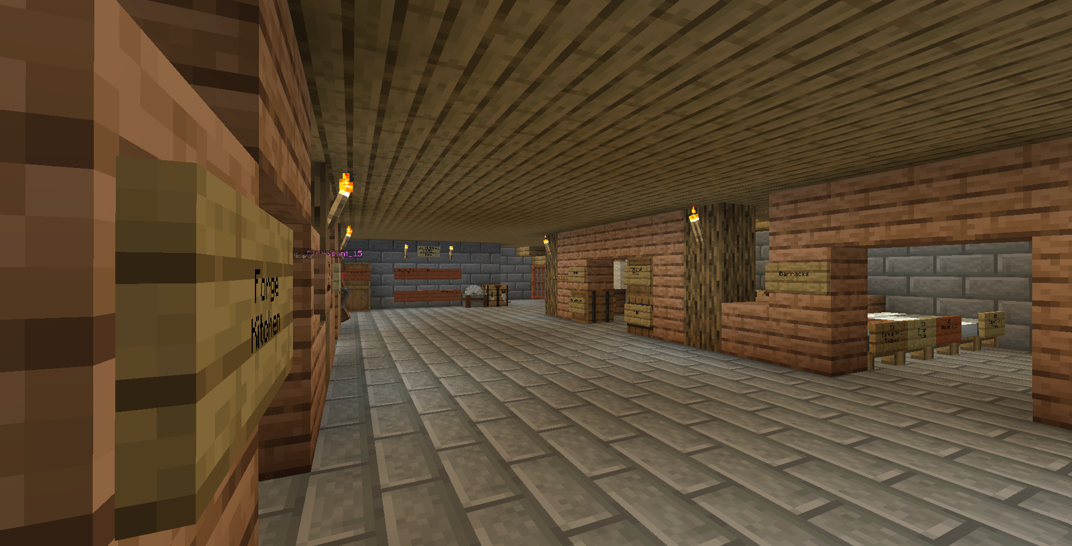
No comments to display
No comments to display